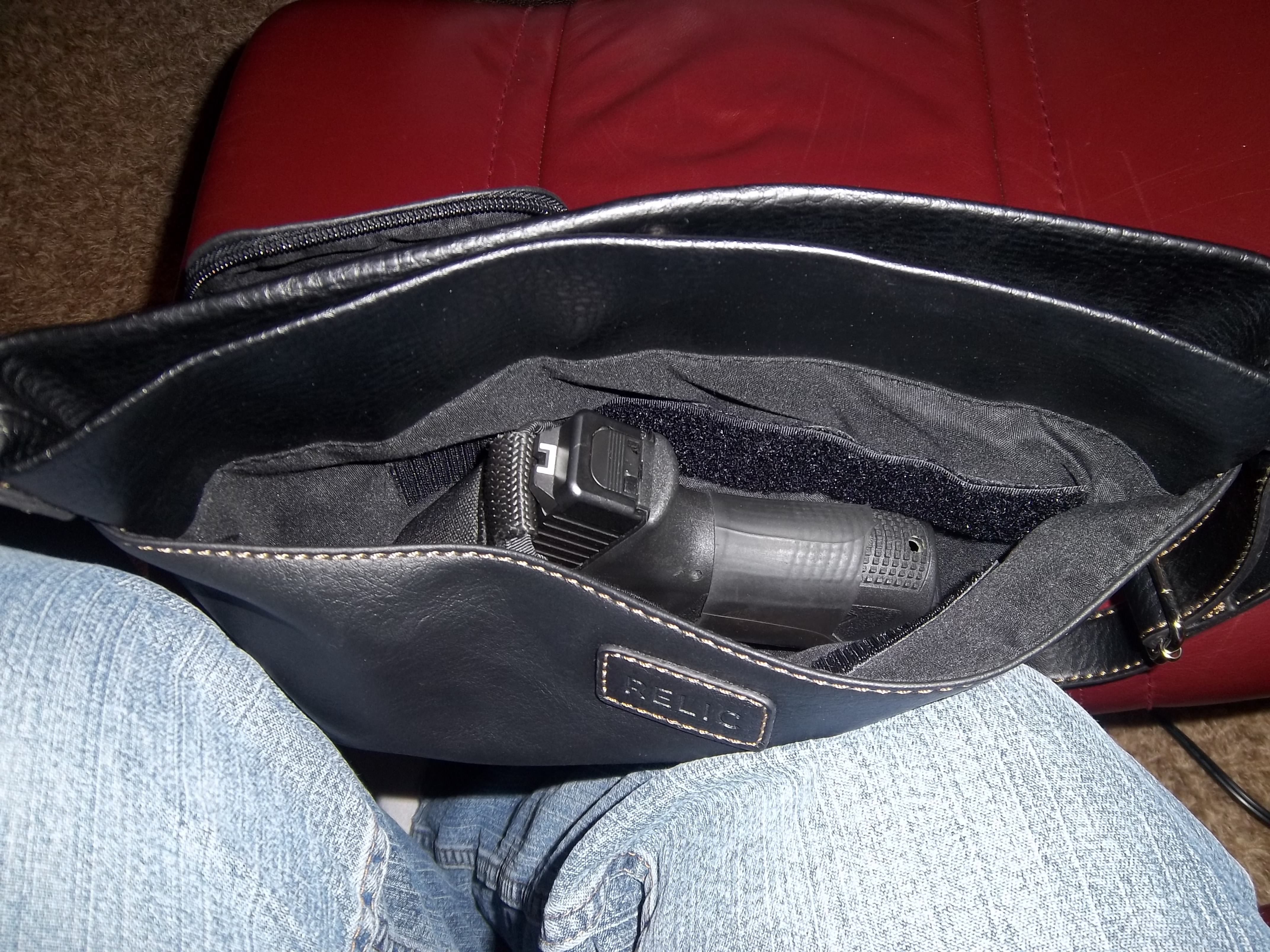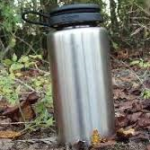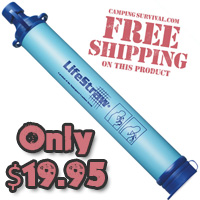Everyone has their opinion on what the best choice is for a home defense gun is and they could all be right. This topic, like many others, isn’t one-size-fits-all. There are cost factors, training concerns, legal restrictions and even the area in which you live to consider.
Instead of giving my opinion, I’ll give you some general guidelines and my take on different platforms so that you can find the perfect home defense gun for you. I’m going to speak in generalities in this article. I don’t know your local laws, please look to them for your firearm regulations.
What Makes a Good Home Defense Gun?
These are the factors I use for CCW or home defense guns.
- It has to work every time I pull the trigger or misfires have to be so seldom that the number might as well be zero.
- It has to be a common caliber; the more common the caliber, the more common the ammo. This is for people building their primary defensive battery; if you have go to handgun, by all means get something nonstandard.
- I have to like the gun; how the grip feels and how it feels when shooting it. I was talking to someone who said his dad owned a Glock for many years. His dad was involved in a car accident that caused some nerve damage to his hand. Afterward his dad could no longer shoot the Glock because of the way the polymer grip vibrated. If you don’t like the feel of it, you won’t shoot it, if you won’t shoot it you won’t be proficient at it.
What is your budget?
I could say that the hands down best home defense firearm is a $1000 carbine, but if you only have $200-$300 in the budget, nothing else matters. I’ll speak in generalities because it will always be possible to find a firearm that is more or less expensive. That being said, rifles and carbines are usually going to be the most expensive, followed by handguns and shotguns being the least expensive.
Will each adult have their own firearm, or will there be one home defense gun?
If this firearm is going to be the only home defense gun in the home, the adult with the smallest stature has to be able to fire it efficiently. Gentlemen, if you only have one firearm and your wife cannot fire it effectively, she might as well be without a firearm. This is not a knock on you ladies. Some women do not have the upper body strength to wield a loaded 12 gauge or the like. Some women just don’t like the recoil. There could be another suitable option available that is easier to handle and has sufficient stopping power.
Where do you live?
There is a huge difference between living in an apartment versus your nearest neighbor living a half mile away. If you live in an area that has neighbor’s very nearby, penetration is a concern. This all but rules rifles out. With handguns you can limit this some by choice of ammo. You have more options with a shotgun but you have to be sure you aren’t compromising on stopping power. More on this later.
What do you have the most practice with?
Let’s say you have a 12 gauge loaded with buckshot for home defense but you have only shot it a handful of times. Let’s say you have the gun you wear for conceal and carry that you have fired hundreds of rounds downrange with. Which of the two is the better choice?
There is a caveat here. Since this is a gun for defense, it must have stopping power. If you’re in a .22 league and have the most practice with a .22, enjoy the league but practice with something that has more stopping power for home defense.
Platforms
Speaking in generalities again, when it comes to stopping power, rifles are better stoppers than shotguns, which are better than handguns. Rifles and shotguns don’t conceal well without the police being called (haha). When out in public the handgun is the best option. For home defense, penetration is often a concern, whether a round goes through interior walls or exterior walls, you have to think about others in your house and your neighbors. Shooting through walls is an article from The Box O’ Truth. In it, he shows that most handgun, rifle and many shotgun loads will penetrate walls.
Handguns
I have seen all kinds of arguments for and against using handguns for home defense. Some will say that the handgun is what you use when you can’t carry a shotgun or rifle. There is a similar argument that the handgun is what you use to fight your way to your rifle. Both are very valid points. Handguns do not have the range or stopping power like the other options. If it is what you are trained with, it could be the best option for you.
My concern with using a handgun for home defense is over penetration. Most rounds will penetrate multiple interior walls and punch through an exterior one as well. With frangible ammunition this can be mitigated to some extent. This type of ammunition is made to expand upon impact and limit penetration. This isn’t to say they are not man stoppers. This type of ammo is more expensive but you should shoot with it to ensure it works well with your gun. While it is expensive, it is not nearly as expensive as a funeral.
One plus that the handgun has over other platforms is that it can be shot with one hand. If you have a child that you have to carry, or have a disability that would make using the larger framed platforms prohibitive, a handgun might make a good choice.
Rifles/Carbines
Having the longest range, the most rounds per magazine and the best stopping power, these are the most expensive option. As with handguns, over penetration is a concern. Frangible ammunition does not work well in rifles in most cases and is only available in a few select calibers. If you live in an area that penetration is not a concern, this is a great option.
Shotguns
Most often the least expensive option, a brand new shotgun can be purchased for $200-$300 and I have seen them at pawn shops for less than $200. In home defense ranges, a shotgun with the right ammo can be an effective man stopper. Shotguns come in a variety of gauges, The most common are the 12 gauge and the 20 gauge; the smaller the number, the more powerful the shotgun. Many people will say that a home defense shotgun should be a 12 gauge. If this is the only firearm in the home, I’ll go back to the point I made about the person with the smallest stature being able to handle the firearm. If that person still has trouble with the weight of a fully loaded 20 gauge, youth models are available. With the smaller frame, maneuvering through the home might be easier and with the right ammo, the youth model will still be an effective stopper.
Shotguns have a variety of ammunition available; birdshot, buckshot and slugs. Slugs, while a very effective stopper, are not a great choice for home defense due to over penetration. Buckshot and birdshot come in varying shot sizes. Birdshot is not defensive ammunition and should only be used on, well, birds. Here is a link to The Box O’ Truth where he shows just how effective 20 gauge #3 buckshot is. For home defense loads, #3 or #4 buckshot would be sufficient to stop Mr. Dirtbag and will have far less penetration than bullets.
Shotguns have less capacity than the other platforms. You can compensate for this with a stock shell holder. There is a belief carried by some that shotguns don’t have to be aimed. This is simply untrue. Practice and training are still needed in every case.
Another plus too shotguns is that they are multi-lingual. The person breaking into your house might not speak English, but everyone speaks shotgun.
Things you should have with your home defense gun.
- A light. Whether mounted or not, you need to be able to see your target and make sure it’s not one of the kids sneaking in at 2 am. You can kill them (figuratively) in the morning (haha).
- Training. Save up and spend money on good quality training. I know there multiple places within an hour of me that offer training specifically on home defense.
- Night Sites. If your firearm can have night sites I would recommend getting them. It will help you with target acquisition.
- If you have older eyes or problems with target acquisition, a laser might be a great option.
- Did I mention training? TRAIN, TRAIN, TRAIN. PRACTICE, PRACTICE, PRACTICE.
Your firearm is useless for home defense if you cannot get to it quickly, here are some of my thoughts on Being Armed at Home.




















